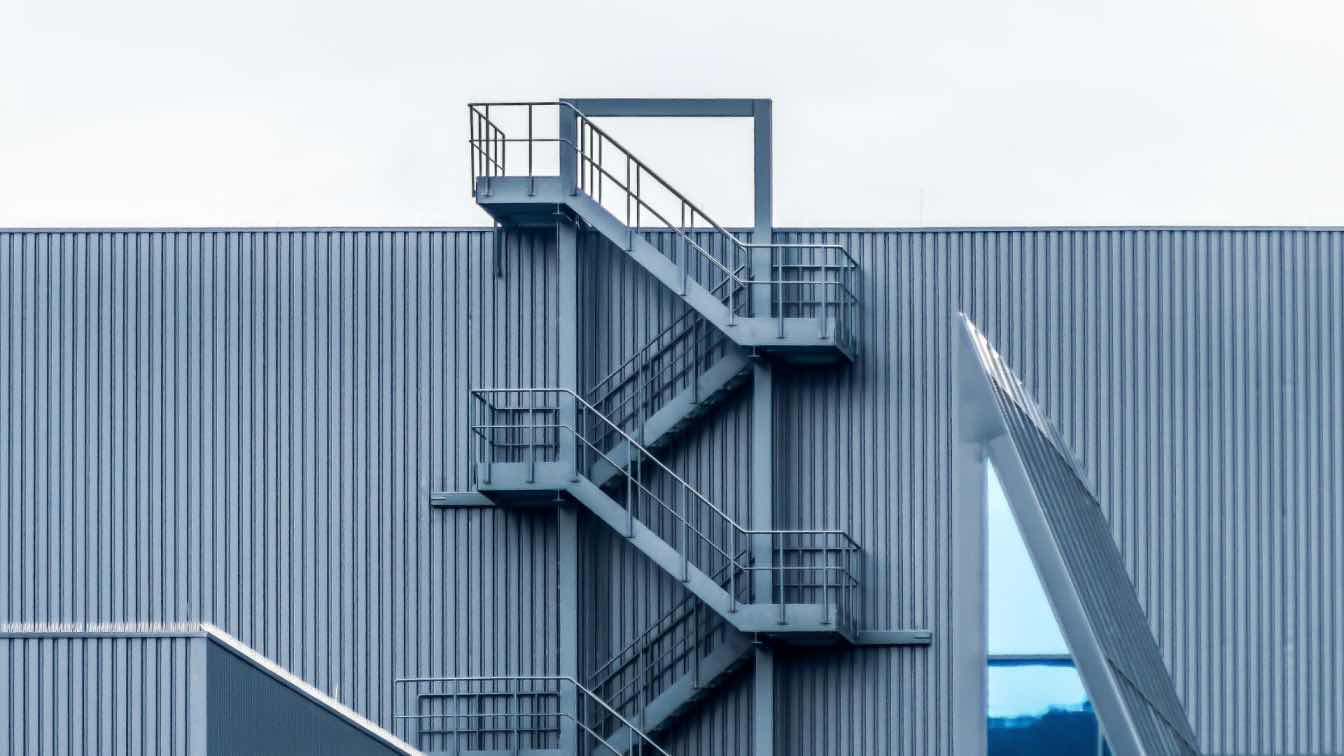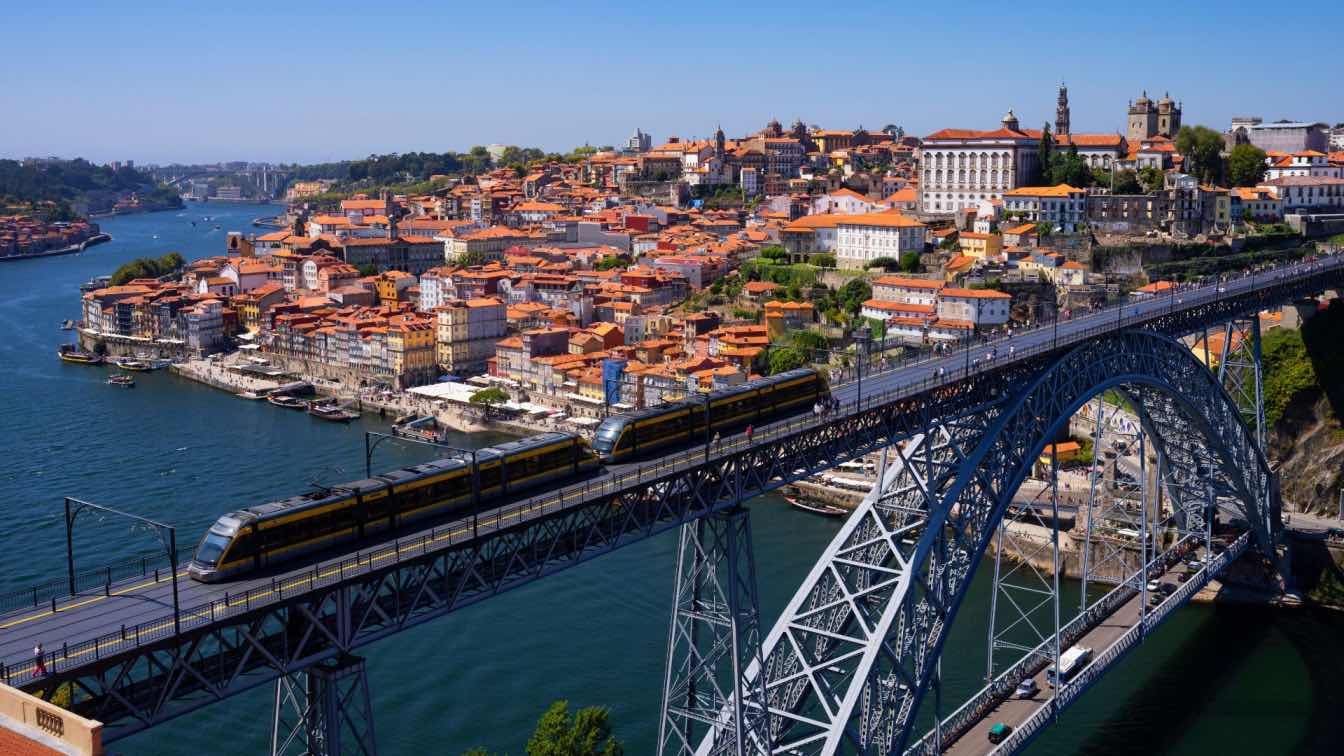Steel buildings have revolutionized the construction industry, offering numerous advantages over traditional building methods that have been relied upon for centuries. In recent years, the popularity of steel structures has surged due to their durability, versatility, and cost-effectiveness. This shift in preference reflects a growing recognition of the inherent benefits that steel brings to the table, making it a preferred choice for a wide range of construction projects.
We'll delve into the reasons why steel buildings are often considered superior to traditional ones. From their unmatched strength and resilience to their eco-friendliness and design flexibility, steel structures represent a modern approach to construction that meets the demands of today's world. Whether it's for residential, commercial, or industrial purposes, the advantages of steel buildings stand out, promising durability, efficiency, and sustainability for generations to come.
When you think of the skyscrapers of Toronto or the industrial structures of Vancouver, there’s a common thread weaving them together: steel. Over the past few decades, steel buildings have grown in popularity, especially in Canada. But what makes Canadian steel buildings stand out against their traditional counterparts? In this article, we delve into the key advantages of steel structures and their growing prominence in the Canadian architectural landscape.
1. Durability and Longevity
Steel is known for its impressive strength-to-weight ratio. Unlike wood, which can be vulnerable to termites, rot, and other forms of degradation, steel buildings remain impervious to many environmental challenges:
Resilience in Earthquakes and High Winds: In regions prone to earthquakes or high winds, the resilience of steel becomes evident. Its flexibility allows it to sway with the earth's movement without collapsing, making it a preferred choice in seismically active areas.
Non-Combustible and Termite-Resistant: Also, steel is non-combustible and does not provide a food source for termites. This double protection highlights steel's superiority, especially for long-lasting safety.
Resistance to Mold: Unlike organic building materials, steel does not promote the growth of mold or mildew, a significant advantage given Canada's humid and wet climates in many regions.
Steel does not warp or expand with moisture fluctuations, ensuring a long lifespan for the building.
2. Quick and Efficient Construction
For any construction project, managing the budget and adhering to the timeline are paramount, and in steel building projects, these two factors are intrinsically linked.
The Pre-engineered Advantage: Steel buildings, especially the pre-engineered ones, are designed for efficiency. The components are manufactured off-site in controlled environments, ensuring precision and reducing waste. Once they reach the construction site, the assembly is more about fitting these components together, akin to a large-scale puzzle. This streamlined process dramatically reduces the time typically required when compared to traditional construction methods.
Manpower and Time: Every additional day on a construction site translates to costs - from labor wages to equipment rentals. Since steel buildings can be erected faster, the overall manpower requirement diminishes. This leads to a direct correlation between reduced site time and lowered manpower costs.
Predictability and Fewer Delays: The pre-manufactured nature of steel components reduces the uncertainties that often plague construction sites. Weather delays, material shortages, or onsite errors can escalate costs in traditional construction. With steel buildings, many of these uncertainties are mitigated, ensuring a smoother workflow and, by extension, cost savings.
3. Cost-Efficiency
While the upfront cost of steel may sometimes be higher than traditional materials, its longevity and reduced maintenance needs can make it a more cost-effective choice in the long run.
Also, steel is often heralded as a green product, primarily because of its recyclability. Once a steel structure has served its purpose, it can be melted down and repurposed without losing any of its inherent qualities. This circular economy approach minimizes waste and reduces the carbon footprint of new constructions.
Builders now have the option to purchase recycled steel structures, which can be integrated into new commercial buildings or homes. Not only does this reduce the demand for new raw materials, but it also tends to be more budget-friendly, further underscoring steel's cost-efficiency.
4. Flexibility in Design
One of the standout attributes of steel is its unparalleled versatility in the realm of construction. This goes beyond just large skyscrapers or commercial buildings; steel's flexibility permeates every facet of the construction world.
Versatile Formation: Structural steel can be molded and formed into nearly any shape imaginable. Modern fabrication techniques have empowered designers to push the boundaries of what's possible, from intricate architectural features to groundbreaking structural solutions.
Long Clear Spans: The high strength-to-weight ratio of steel makes it an ideal choice for projects requiring vast, uninterrupted spaces. Some notable examples include:
Indoor arenas – facilitating large crowds and performances without the hindrance of supporting columns.
Agricultural storage buildings – ensuring maximum storage space.
Warehouses – optimizing storage and operational efficiencies.
Airplane and equipment hangars – accommodating large aircraft and machinery without spatial restrictions.
Customizable Exteriors and Roofing: Once the steel framework is established, there's no limit to the design possibilities. Architects and designers can craft diverse building exteriors, from modernist facades to more traditional appearances. Additionally, varied roofing systems can be applied, ensuring that every steel structure, while robust at its core, can possess a unique aesthetic identity.
Beyond Skyscrapers: While steel might be synonymous with towering skyscrapers, its applications extend to commercial, agricultural, and industrial projects, underlining its adaptability and relevance across sectors.
The needs of a space can change over time, and steel buildings are incredibly adaptable in this regard. Internal walls can be easily repositioned, and extensions can be added with minimal disruption. This makes steel structures an ideal choice for businesses and institutions that anticipate future growth or changes in function.
While traditional building materials like wood and brick have their own merits, it's clear that steel offers a compelling list of advantages, especially for the Canadian market. Its durability, cost-efficiency, and adaptability, combined with environmental and safety benefits, make steel buildings a future-forward choice for Canada's ever-evolving architectural landscape.
Considering the diverse needs of modern infrastructure and the challenges posed by climate change, it's evident why Canadian steel buildings are the preferred choice for many. Whether you're a builder, investor, or a potential homeowner, it might be time to give steel a second look.





